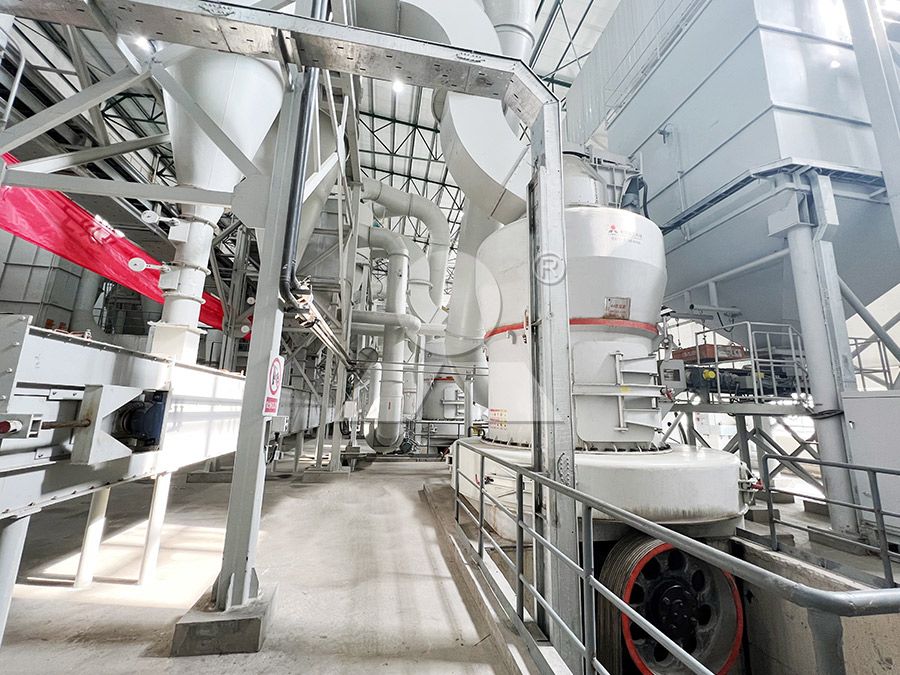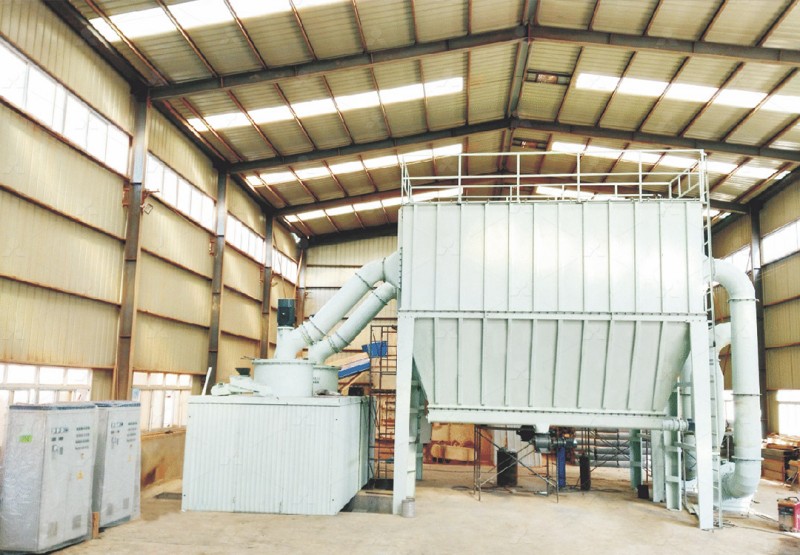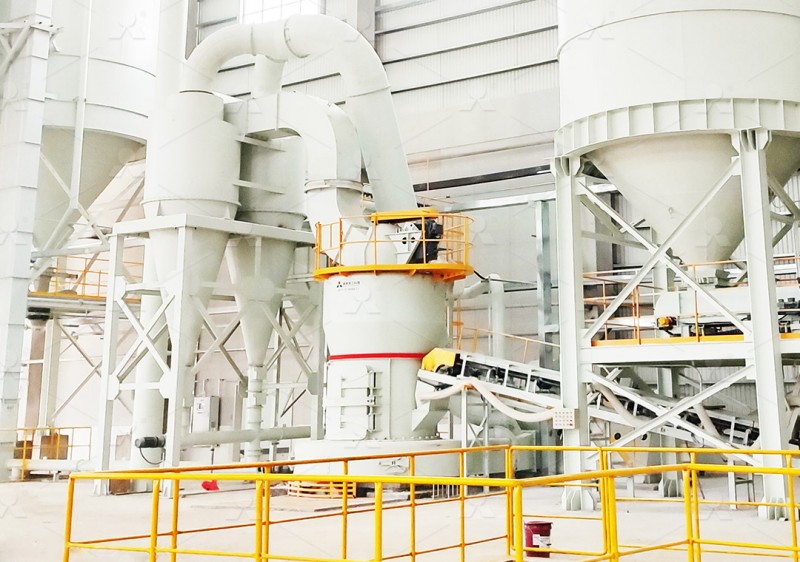Ball Mill and Jaw Crusher Prices in South Africa
Navigating the Costs of Key Mining Equipment in South Africa
The South African mining and construction sectors are heavily reliant on robust and efficient machinery for size reduction and material processing. Two of the most fundamental pieces of equipment in any operation are the jaw crusher, for primary crushing, and the ball mill, for fine grinding. Understanding the pricing landscape for this equipment is crucial for budgeting and operational planning.
The Role of Jaw Crushers and Ball Mills
Jaw crushers are the workhorses of primary crushing, breaking down large, run-of-mine rock into manageable sizes. Their price can vary significantly based on capacity, size, and brand, often ranging from tens of thousands to hundreds of thousands of South African Rands for larger, more capable models.

Following crushing, ball mills take over for the grinding stage. These rotating cylinders, filled with grinding media like steel balls, pulverize the crushed material into a fine powder. Ball mill prices are influenced by their size, capacity, and the materials used in their construction. They generally represent a more substantial capital investment than jaw crushers, with prices escalating quickly for high-capacity industrial units.
Factors Influencing Prices in South Africa
Several local factors directly impact the final price tag:
- Import Duties & Logistics: Since much of this machinery is imported, shipping costs, customs duties, and the fluctuating exchange rate of the Rand against major currencies are primary cost drivers.
- Local Support & Service: Equipment from suppliers with a strong local presence, offering spare parts and technical support, might carry a premium but reduces long-term downtime risks.
- Energy Consumption: With rising electricity costs in South Africa, the operational cost (opex) of energy-intensive equipment like ball mills is a critical consideration alongside the initial purchase price (capex).
Beyond Traditional Mills: The Modern Alternative
While ball mills are effective, technological advancements have led to more efficient solutions. For operations requiring ultra-fine powders, traditional mills can be inefficient and costly to run.
For those looking to upgrade their grinding circuit for better efficiency and lower operating costs, our MW Ultrafine Grinding Mill presents a superior alternative. Designed for customers needing to make ultra-fine powder (325-2500 meshes), it boasts a 40% higher production capacity than jet mills and double the yield of ball mills, while consuming only 30% of the energy. Its innovative design features no rolling bearings or screws in the grinding chamber, eliminating common failure points and allowing for external lubrication without shutdown. Equipped with an efficient pulse dust collector and muffler, it ensures a cleaner, quieter, and more environmentally friendly operation, perfect for modern South African industry standards.

Making the Right Investment
When evaluating jaw crusher and ball mill prices, it’s vital to look beyond the initial purchase quote. Consider total cost of ownership, which includes energy consumption, maintenance, spare part availability, and potential downtime. Partnering with a reputable supplier who offers comprehensive after-sales service and can provide efficient, modern alternatives like the MW Series can lead to significant long-term savings and a stronger competitive edge in the market.

In conclusion, while the upfront cost of jaw crushers and ball mills is a key decision factor, the evolving landscape of grinding technology offers opportunities for greater efficiency and lower operational expenditures. Investing in advanced technology is investing in the future productivity and sustainability of your operation.
